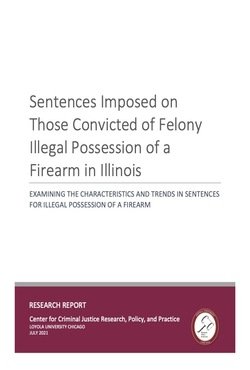By United States. Department of Justice. Office of Community Oriented Policing Services
From the Preface: "Nine mayors whose cities have experienced mass shootings in recent years attended the Winter Meeting of The U.S. Conference of Mayors, held in January 2020 in Washington, D.C. Their presence in that meeting offered an opportunity for them, as a group, to share both their experiences and their personal feelings about what was required of them as mayors. Their goal in that session was to alert their audience to the need to prepare for a mass shooting; as many veterans of these tragedies agree, the question must not be if your city will experience a mass shooting, but 'when'. This report captures many of the key points offered that day by those mayors and later by key city staff involved in the response to one of the deadliest mass shooting incidents in our history. It is intended to provide guidance on the preparation that should take place in anticipation of an incident occurring, the critical importance of communication during the response to an incident, and the wide range of tasks that must be anticipated in the incident's wake. Sadly, while it is offered to all mayors in the hope that they will never have to call upon the preparation that is urged, it is likely that in the months and years ahead we all will be reaching out to some who will."
U.S. Conference of Mayors. Washington D.C. January 2020. 20p.





















